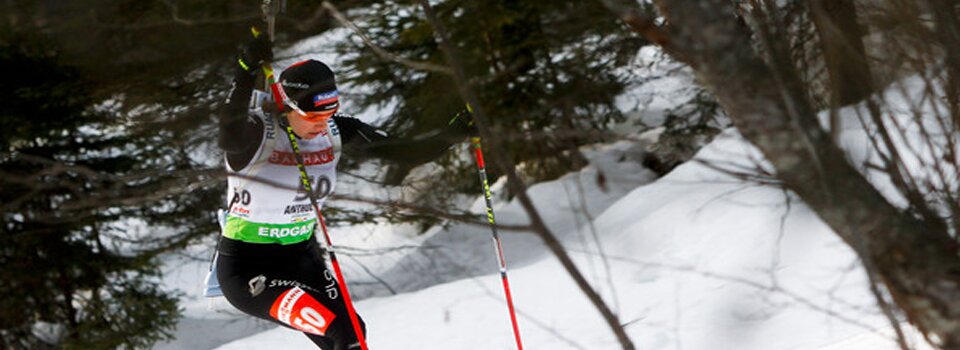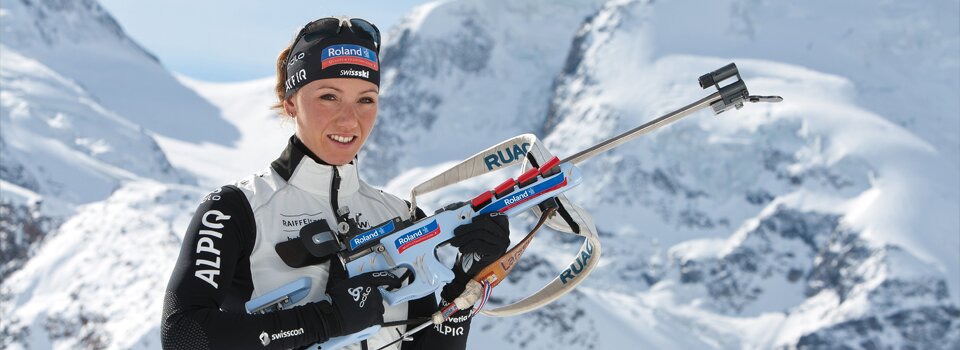Tree Wells and Deep Snow: Avoidance and Partner Protocols
When you're exploring snowy forests on skis or a board, it's easy to overlook the hidden dangers beneath the powder—especially tree wells. You might think these hazards won’t affect you, but even experienced riders have gotten caught off guard. Partner awareness and smart protocols make all the difference out there. If you want to understand what makes tree wells so risky, and what you can do to safeguard yourself and your crew, there’s more you should know.
Understanding the Risks of Tree Wells and Deep Snow
While deep powder conditions may attract skiers and snowboarders to off-piste areas near trees, it's important to recognize the potential hazards associated with tree wells.
Tree wells are hollows around the base of trees created by the accumulation of snow. These wells can be quite deep, often exceeding ten feet, and pose a significant risk of snow immersion accidents.
When skiers or snowboarders fall into a tree well, they can become trapped in the snow, which can obstruct their air supply and lead to serious injury or fatalities.
To mitigate these risks, it's advisable to refrain from skiing or snowboarding alone. Having a partner can greatly enhance one’s chances of receiving help in the event of an emergency.
It's essential for partners to maintain visual contact and communicate regularly while navigating wooded areas, as many emergencies arise when individuals can no longer see or signal to each other.
The identification and understanding of these risks are critical for safety in winter sports environments.
Taking preventative measures, such as skiing in pairs and being aware of one's surroundings, can significantly reduce the likelihood of accidents related to tree wells and deep snow.
Identifying Tree Well Hazards on the Mountain
Recognizing the potential hazards associated with tree wells involves identifying locations where they're likely to develop. Concentrate on areas with conifer tree clusters, particularly following substantial snowfall. Observing depressions around the bases of trees can indicate possible tree well hazards.
Additionally, the presence of deep, undisturbed snow around tree trunks serves as another indication of risk.
It is advisable to maintain visual contact with your partner while navigating such areas, as many tree well incidents occur when individuals lose sight of one another.
For clarification regarding specific zones or current conditions, inquiring with the ski patrol is recommended. Remaining vigilant and informed can help minimize the risk of encountering tree well-related accidents.
Key Statistics and Recent Incidents
Over the past twenty years, over 70 individuals engaged in skiing or snowboarding have died due to non-avalanche-related snow immersion deaths (NARSID).
A considerable 65% of these fatalities are associated with accidents involving tree wells. Despite the presence of ski patrols, snowboarders are particularly at risk from deep snow and concealed tree wells, especially in high-risk areas such as the Sierra Nevada and Cascade mountain ranges.
These locations have recorded a higher incidence of falls and fatalities among partners following significant snowstorms. Notably, 90% of individuals who fall into tree wells are unable to rescue themselves.
Recognizing High-Risk Conditions and Terrain
Tree wells and deep snow present significant dangers for outdoor enthusiasts, particularly in mountainous regions. Research indicates that incidents involving tree wells tend to increase following substantial snowfall, especially in environments characterized by deep powder and closely spaced trees.
It's essential to recognize and heed deep snow caution signs, as well as to maintain heightened awareness when traversing off-piste areas or forested zones within ski resorts.
The risk of becoming trapped in a tree well is heightened in proximity to low-hanging branches and the bases of trees. Additionally, skiing or snowboarding with a partner is advisable; maintaining visual contact can be crucial for safety, as losing sight of one another—even for a short period—can lead to severe outcomes in these hazardous conditions.
Awareness of these risks, coupled with prudent safety measures, can mitigate the potential dangers associated with tree wells and deep snow.
It's recommended that outdoor enthusiasts familiarize themselves with the terrain and current snow conditions, as well as engage in safe practices while enjoying winter sports.
Essential Prevention Measures for Skiers and Riders
While deep snow experiences can present unique challenges, it's essential to take preventative measures to ensure safety around tree wells.
It's advisable to assume that any tree may conceal a well, which can sometimes reach depths exceeding 10 feet. Skiers and snowboarders should limit their activities to terrain that aligns with their skill levels and maintain control of their descent to promote safety on the slopes.
Additionally, carrying essential rescue equipment—such as a shovel, whistle, and probe—can facilitate a quicker response in emergencies. Understanding the risks associated with tree wells and the dangers related to carbon dioxide rebreathing can enhance awareness of these hazards.
Maintaining visual and verbal communication with partners while skiing also improves safety, particularly in deep snow environments. Adhering to these guidelines can contribute to increased safety for all participants in snow sports.
Safe Skiing Protocols With a Partner
Effective prevention and teamwork are critical components of safety in deep snow environments when skiing with a partner. Maintaining consistent visual and verbal contact is essential; statistics indicate that approximately 72% of individuals who've suffocated in deep snow had lost sight of their partner, which complicated rescue efforts.
It's advisable to establish predetermined check-in points and utilize communication devices, such as two-way radios, to ensure ongoing communication, particularly in challenging terrains where visibility may be limited.
Additionally, carrying essential rescue equipment, including a shovel, whistle, and transceiver, is important for effective emergency response. Skiers should also be cognizant of their skill levels and exercise caution in their skiing activities.
Remaining alert and aware of both personal and partner safety can significantly improve the chances of a swift and effective response should an incident occur. The collaboration between partners is crucial in maintaining safety and preparedness in these environments.
Immediate Actions if You Fall Into a Tree Well
If an individual falls into a tree well, their immediate response is crucial for their safety. To mitigate the risk of further descent and additional snow accumulation, it's advisable to reach for nearby branches or the tree trunk.
Remaining calm is important, as panic can exacerbate the situation and diminish the chances of self-rescue.
After attempting to stabilize oneself, the next step is to create an air pocket around the face using the hands to ensure adequate breathing. It's also essential to signal for help to any nearby partners or individuals. This can be done by yelling or whistling while maintaining energy for potential prolonged waiting.
Keeping skis or a snowboard on is recommended, as they can enhance visibility for rescuers and may facilitate rescue operations.
This combination of immediate actions can significantly impact the likelihood of a safe recovery.
Effective Partner Rescue Techniques
During a tree well rescue, timely and coordinated action is crucial.
If a partner falls into a tree well, it's important to maintain both visual and verbal contact immediately. Promptly start digging with a shovel to minimize the time taken to initiate the rescue.
Utilizing the “Tunnel Technique,” which involves digging horizontally toward the individual’s head rather than attempting to pull them out from above, is generally considered more effective in preserving their airway. Continuous communication is essential to provide reassurance and guidance.
It's advisable to have a whistle attached to your jacket or gear for quick signaling between partners. Overall, the effectiveness of the rescue relies on vigilance and collaboration.
Recommended Equipment and Safety Resources
When navigating deep snow terrain, it's crucial to carry appropriate safety equipment to enhance your safety and your teammates' ability to assist in emergencies. Essential items include a shovel, which is necessary for quickly digging out individuals who may become trapped in an avalanche or deep snow.
Additionally, a whistle is a valuable tool for signaling for help, as声 (voice) may be ineffective in the muffling environment of deep powder. A transceiver is also recommended, as it significantly increases the chances of locating individuals caught in an avalanche.
It's important to be familiar with the operation of the transceiver and to practice its use in conjunction with a probe. This practice can improve the efficiency of search and rescue efforts.
For personal safety, it's advised to avoid using pole straps, as these can become entangled during a fall, increasing the risk of injury.
For further information on safety guidelines and hazard awareness, you can refer to resources such as deepsnowsafety.org, which offers expert advice on preparation for outings in deep snow conditions.
Conclusion
Remember, your vigilance and partnership are your best defenses against tree wells and deep snow hazards. Always keep your partner in sight and communicate often—don’t ever ski alone. Stick to safe zones, recognize warning signs, and be ready with the right equipment and knowledge. By making these safety habits second nature, you’ll protect yourself and your friends, ensuring every mountain adventure remains thrilling—and safe. It’s up to you to make smart choices out there.







